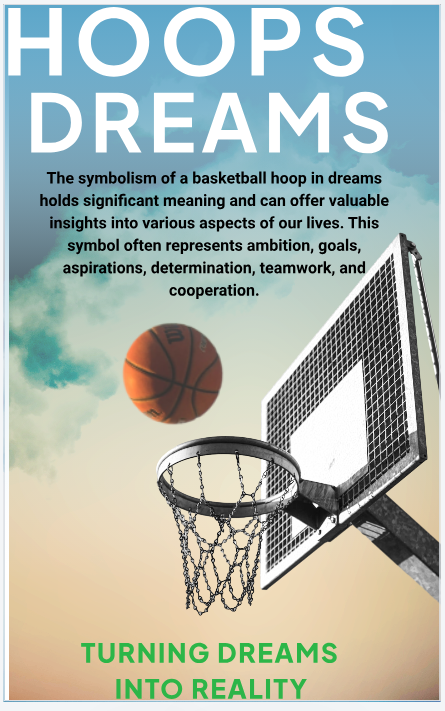AI tool can generate fake Aadhaar Cards: Experts warn of rising cyber threats
Everyone's jumping on the AI doll trend - but what are the concerns?
Maths & AI: The Unexpected Heroes Powering Quantum Innovation
The worlds of mathematics, artificial intelligence, and quantum science are converging in surprising ways—pushing the boundaries of our understanding and driving real-world innovation. From 125-year-old problems being solved to high school students discovering millions of cosmic objects with AI, here’s a roundup of recent breakthroughs showing how deep theory powers our future.
🔍 Mathematicians Crack 125-Year-Old Problem: A Leap for Physics
In an extraordinary breakthrough, researchers have made significant progress on Hilbert’s sixth problem, a puzzle posed over a century ago. This advancement connects three core physics theories—statistical mechanics, quantum theory, and classical mechanics—through rigorous mathematical proof.
The work not only deepens our understanding of how the universe operates but also strengthens the dream of grounding physics in pure mathematics. It’s a reminder that behind every theory, from Newton to Einstein, lies a mathematical language waiting to be decoded.
🧠 Teenager Uses AI to Discover 1.5 Million Cosmic Objects
A high school student recently amazed the scientific community by using artificial intelligence to identify 1.5 million previously unknown cosmic bodies. His project shows that AI isn't just for tech giants—it’s becoming a tool for discovery in the hands of curious minds worldwide.
This breakthrough demonstrates the power of combining machine learning with massive astronomical datasets. With AI, the next generation of explorers is already mapping the universe, one algorithm at a time.
🧬 Quantum Science: Innovation Rooted in Mathematics
Speaking at the University’s Council Chambers, Prof. Weigt took the audience on a journey through quantum science, making complex theories relatable with real-world examples like GPS, lasers, and quantum computing.
He reminded listeners that even giants like Newton and Einstein didn’t just find answers—they invented new branches of mathematics to make sense of what they saw. Newton had to invent calculus to describe gravity. Einstein’s Nobel wasn’t for E=MC², but for the photoelectric effect, which helped spark quantum theory.
These stories show that innovation often starts not with answers, but with new questions—and the math needed to solve them.
🧮 Algorithms: Recipes for Reality
Have you ever wondered what an algorithm really is? Prof. Weigt likened it to a recipe for a calculation—a fitting metaphor for how maths underpins every digital system, from your GPS to your social feed.
Behind the scenes, quantum mechanics has helped shape areas of pure mathematics, forging a deep symbiosis between theory and application. The lecture also emphasized the upcoming International Year of Quantum Science and Technology (2025), marking 100 years since Heisenberg and Schrödinger laid the foundation of quantum mechanics.
⚛️ Classical vs Quantum Reality: A New Way of Seeing
Prof. Weigt offered a mind-bending contrast between classical and quantum physics. In classical mechanics, objects exist independently of observation, like Jupiter orbiting the sun, whether we look at it or not. But in quantum mechanics, things behave differently: if we don’t observe a particle, it may not really exist in a fixed state at all.
This “weirdness” isn’t just philosophical—it’s foundational to quantum computing, encryption, and other transformative technologies.
🧩 Final Thoughts: Maths + AI = Our Quantum Future
From cracking century-old puzzles to mapping the stars and building quantum computers, mathematics and AI are not just academic tools—they're engines of innovation. Whether it’s a teenager training neural networks or a physicist weaving quantum theory into equations, the future is being shaped by those who dare to combine deep thinking with modern tech.
As 2025 approaches, marking a century of quantum discovery, one thing is clear: the next leap forward will be powered by the quiet giants of math and AI.





